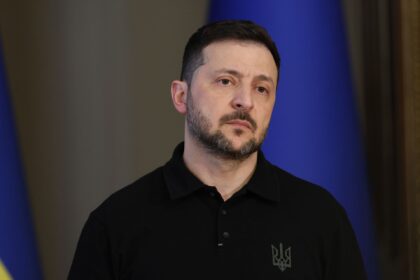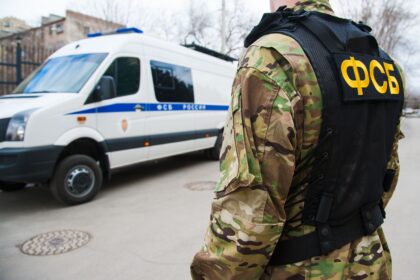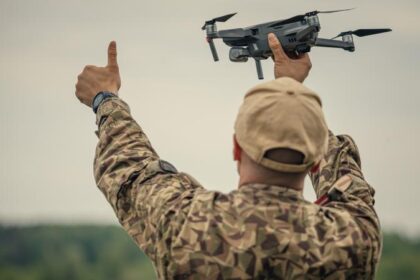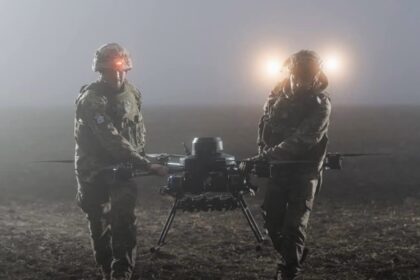**Russia’s Unconventional Warfare: Turning Toy Hoverboards into Lethal Machines**
In a surprising twist, Russian forces have been transforming cheap, civilian toy hoverboards into deadly unmanned ground vehicles (UGVs) on the battlefield in Ukraine. A recent video has emerged showing these improvised robots, equipped with anti-tank mines, detonating near what appear to be Ukrainian positions along the 700-mile front line.
These DIY drones are essentially two-wheeled hoverboards rigged with metal frames and explosive devices. They were first developed by a pro-war Russian Telegram channel called Dva Mayora last summer. The group raises funds from donations to supply Russian troops with military gear, including these peculiar machines. Since their invention, they have been distributed to frontline units.
**From Plaything to Killing Machine**
The sudden deployment of these devices helps explain an earlier puzzling scene in February, when Russians were seen loading dozens of $100 hoverboards into a truck near the front line. At the time, it was unclear what the purpose of this unusual haul was. Now, it seems that these toy hoverboards have been repurposed as kamikaze drones to be used against Ukrainian forces.
This unconventional approach to warfare highlights Russia’s growing desperation on the battlefield. With their conventional military might faltering, Russian forces are resorting to creative and often unorthodox methods to gain an edge over their opponents.
**Commentary**
The use of toy hoverboards as UGVs raises serious concerns about the safety and ethics of using civilian products for military purposes. These devices are essentially turning playthings into killing machines, which could lead to unintended consequences on the battlefield.
Moreover, this development underscores Russia’s willingness to experiment with untested technologies and tactics in an effort to turn the tide of war. The fact that these DIY drones have been deployed by a pro-war Telegram channel suggests a high degree of organizational complexity, which may indicate a broader trend of unofficial military support for Russian forces.
**Analysis**
The deployment of these improvised UGVs is a sign of Russia’s growing frustration on the battlefield. As their conventional military advantages begin to wane, they are increasingly relying on unconventional tactics and technologies to regain the initiative. This approach, however, comes with significant risks, including the potential for civilian casualties and unintended consequences.
As the conflict in Ukraine continues to escalate, it will be essential to monitor the use of these DIY drones and other unorthodox military tools by Russian forces. Their effectiveness may prove to be short-lived, but their impact on the battlefield could be significant – and potentially devastating.












